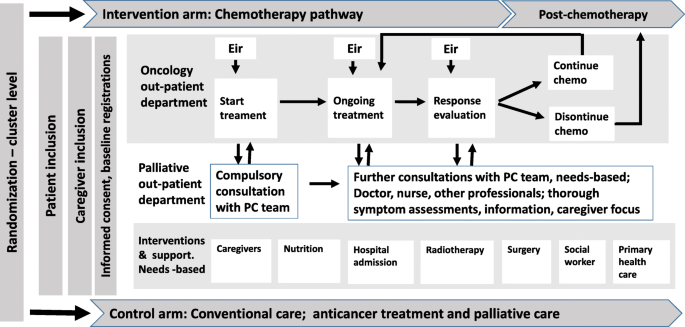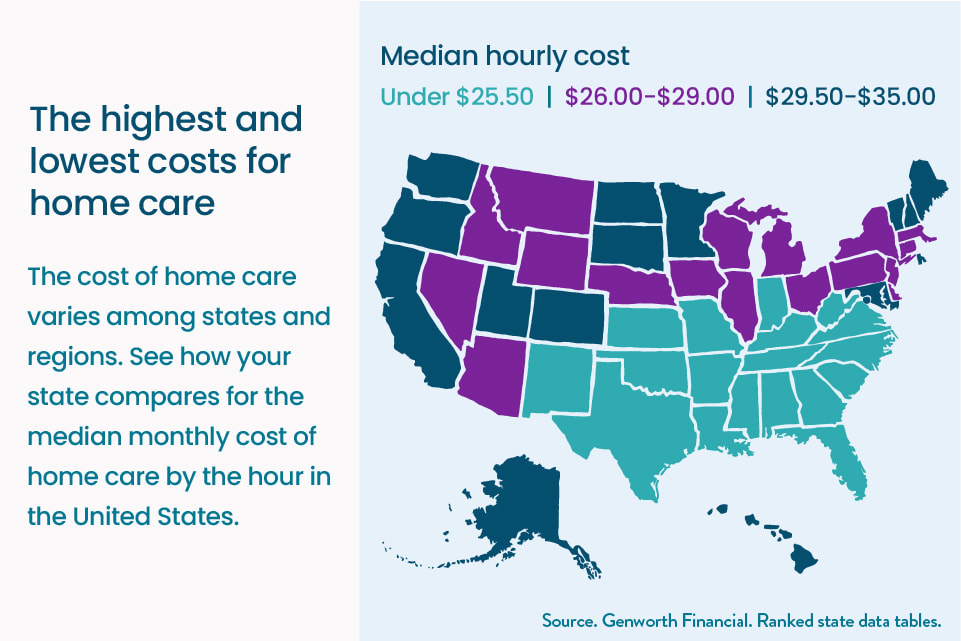
Before hospice care, there are some important aspects to consider. Just a few of these critical elements are the cost, patient characteristics, and location of death. But the most important question is: does it work? Here's what to look for. And what can you expect from a hospice death by choice? For more information, continue reading. Next, make an informed choice. These are some of the characteristics that make a hospice death by option. It might surprise you if it is right.
Costs
The cost difference between nonhospice and hospice patients is striking. Medicare spent nearly twice as much on hospice patients in the last six-months than for non-users. Hospitalization costs were more expensive for hospice users (ranging from $24,025 - $66,132) than for non-hospice customers (a mere $1,926). Nevertheless, the difference was statistically significant.

Patient characteristics
This study was done by the population-based Palliative Care Research Network to examine patient characteristics in those who are discharged from a Hospice. A telephone survey was conducted with 164 English-speaking hospice patients. A majority of these patients passed away within six months. 15 patients required a return visit to hospice before their deaths. This study revealed that almost half of the patients died in the hospital and that there were less than four deaths among hospice patients who were discharged in one week.
Site of death
A new study used secondary data in order to determine differences in location of death based on ethnicity and enrollment in hospices. The study involved 38.519 adult decedents 65 years old or older who died in the period 1997 to 2000. Participants were both eligible for Medicare or Medi-Cal in the year prior to their death. Additionally, participants provided information on their ethnicity, death causes, and the care environment in which they lived at their death.
Efficacy
Social workers in hospices frequently ask the patient about his or her wishes regarding hastening the end. A patient may desire to die sooner than anticipated, or perhaps he/she is unhappy that hospice care doesn't provide the comfort that he/she needs. Whatever the reason, discussing these issues can help both the patient or the care team. Here are some options for hospice professionals to respond to the patient's request regarding hastening his death.

After-death marketplace
The after-death market for death by hospice has gained momentum in recent years. The National Hospice Foundation launched a campaign to create a National Center for Care at the End of Life. The NHPCO also released a statement and commentary on ethical marketing practices. In Congress, the Wyden-Roberts HELP Hospice Act was introduced. The NHPCO also receives the prestigious Gold Award in recognition of its Learning Journal. LIVE without Pain was created by the hospice to inform the public about the benefits of ACP, and dispel any myths regarding pain. In addition, the hospice has developed the Basics of Hospice, which reached 1.5 million people.
FAQ
What impact will it have on the healthcare industry if there is no Medicare
Medicare is an entitlement program which provides financial assistance for low-income people and families who are unable to afford their premiums. This program benefits more than 40,000,000 Americans.
Millions would be without insurance coverage, as some private insurers won't offer policies to individuals with pre-existing medical conditions.
What are the various health care services available?
The most important thing for patients to know is that they have access to quality healthcare at any time. We can help you, whether you have an urgent need or a routine checkup.
We offer many different types of appointments, including walk-in clinics, same-day surgery, emergency department visits, and outpatient procedures. For those who live outside of our clinic, we also offer home care visits. We will ensure that you get prompt treatment at the nearest hospital if you aren't comfortable visiting our clinic.
Our team includes nurses, doctors, pharmacists, dentists, and other professionals dedicated to providing excellent patient service. We aim to ensure that each visit is as convenient and painless as possible.
What should you know about immunizations
Immunization is the process by which a vaccine stimulates an immune response. The body responds to the vaccine by making antibodies (immunoglobulins) that protect against infection.
Who is responsible for public healthcare?
All levels of government have a role in public health. Local governments oversee roads, schools parks, parks, and recreation centers. National and state governments have laws and regulations that regulate food safety, workplace safety, consumer protection, and other areas.
Statistics
- For instance, Chinese hospital charges tend toward 50% for drugs, another major percentage for equipment, and a small percentage for healthcare professional fees. (en.wikipedia.org)
- Foreign investment in hospitals—up to 70% ownership- has been encouraged as an incentive for privatization. (en.wikipedia.org)
- For the most part, that's true—over 80 percent of patients are over the age of 65. (rasmussen.edu)
- Consuming over 10 percent of [3] (en.wikipedia.org)
- Over the first twenty-five years of this transformation, government contributions to healthcare expenditures have dropped from 36% to 15%, with the burden of managing this decrease falling largely on patients. (en.wikipedia.org)
External Links
How To
What is the Healthcare Industry Value Chain?
The entire healthcare industry value-chain includes all activities related to providing healthcare services to patients. This includes the operations of hospitals and clinics as a whole, and the supply chain that connects them to other providers. The result is a continuum which starts with diagnosis and ends in discharge.
The four key components of the value chain are:
-
Business Processes are the tasks carried out by employees throughout the entire health care delivery process. For example, a doctor may perform an exam and then prescribe medication. Each step of the process must be completed accurately and efficiently.
-
Supply Chains - All the organizations involved in making sure that the right supplies reach the right people at the right time. A hospital might have several suppliers. These could include lab testing facilities, imaging centres, pharmacies, or even janitorial personnel.
-
Networked Organizations - To coordinate these various entities, there must be some form of communication between the different parts of the system. Hospitals have many departments. Each has its own number of phones and offices. Employees will be able to access a central point for information and updates in every department.
-
Information Technology Systems- IT is vital in ensuring smooth business processes. Without it things would quickly fall apart. IT is also a platform that allows for the integration of new technologies into the system. A secure network connection can be used by doctors to connect electronic medical records to their workflow.